[EN/PT] How to Beat Hungry Troll!
[EN]
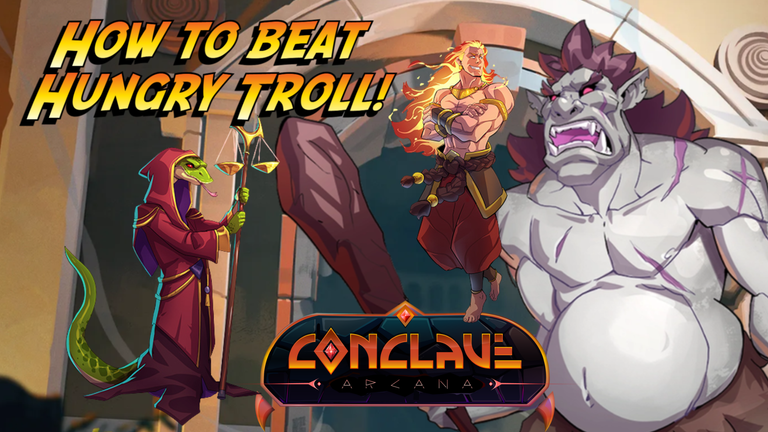
Hello Splinter Fanatics
Splinterlands has been one of my favorite games since mid-2021. The goal of strengthening my collection motivates me to play almost daily — in addition, of course, to the fun the game provides. Since then, Splinterlands has undergone many changes, evolving from a game with few cards, restricted to the old ALPHA and BETA editions, to a title filled with cards from various editions, almost as far as the eye can see.
With this evolution, the reward cards have also changed. Before, they were “liquid”: when you earned them, you could sell them immediately on the market. However, due to an inflation problem in the game's economy, this ceased to exist. Then came the Reward Soulbound cards, which are stuck in your collection unless you pay a fee in DEC to release them and put them up for sale.
More recently, a new collection was introduced: the Foundations edition. It can be obtained initially by playing Campaign mode, which starts out simple but becomes increasingly challenging, requiring strategy and skill from the player. In addition to teaching beginners how to play, this mode offers “liquid” cards, which can be sold at any time.
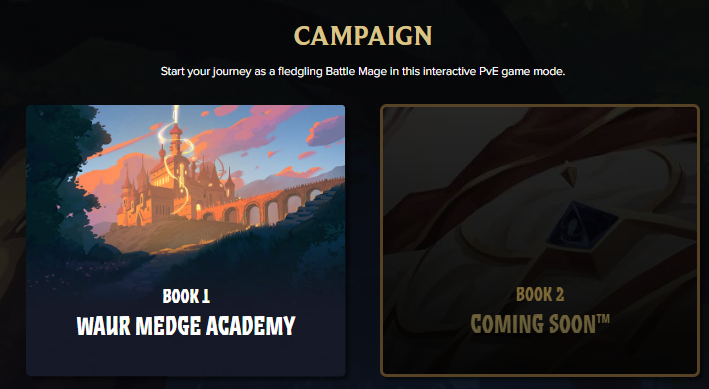
However, these cards also allow players to participate in a new format: Frontier mode, in which only cards from the Foundations edition can be used. I particularly loved this mode, as it reminds me of the old days of Splinterlands. In this format, players face each other with almost equal cards, and what really makes the difference is the strategy adopted by each player.
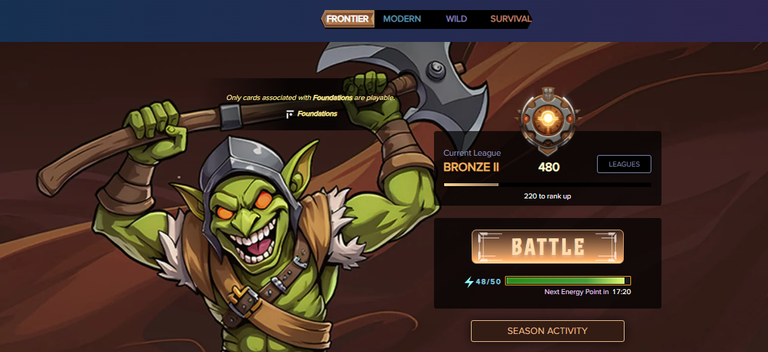
In Campaign mode, players are forced to use classic Splinterlands strategies. For example, in a battle with the Ruleset that grants +2 armor to all monsters, it's easy to see that the best option is to prioritize monsters with magic damage.
In today's post, I'll show you a battle from Campaign mode in which I really struggled to achieve victory. It's one of the last stages, where the player faces the Hungry Troll. This monster has an impressive 55 health points and is the only one on the field. Even if you field a powerful team, without the right strategy, you will certainly not be able to defeat it.
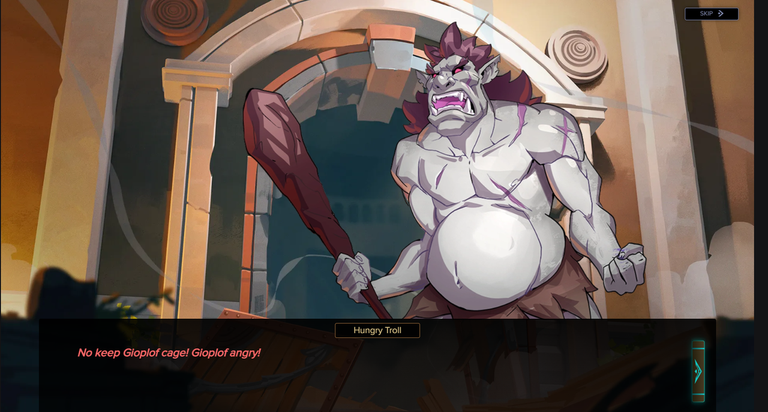
Initially, I climbed random splinters, such as Death and Water — my favorites in this mode, due to their powerful magic damage monsters. Then I tested the Life Splinter, which grants +1 armor to all monsters, since the opponent would need to destroy it before causing direct damage. However, I later realized that it had the Piercing ability, which made this strategy less effective.
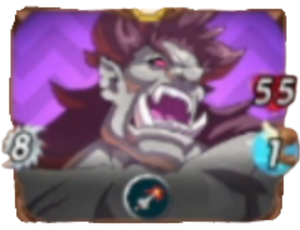
Only after looking at this monster's stats did I realize that it was slow. So, I opted for Fire Splinter, in which Archon grants +1 speed. But the real secret to this battle lay in just one card belonging to this Splinter: Scales of Justice. This monster does not deal any damage, but it has high speed and the Dodge ability.
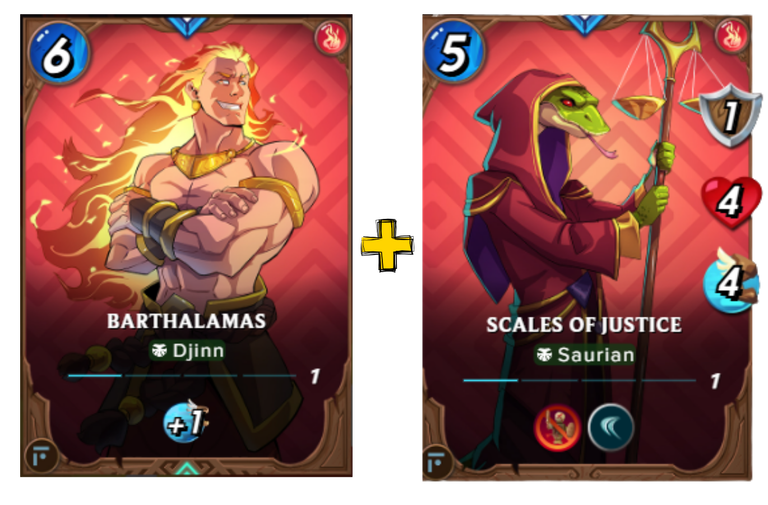
While the Hungry Troll missed all of its attacks, our rear team continued to attack and reduce its HP more and more. It was one of those battles that reinforce the lesson that, in Splinterlands, strategy is everything. In this match, speed was key — and it also became clear that even cards with no damage can be essential to securing victory.
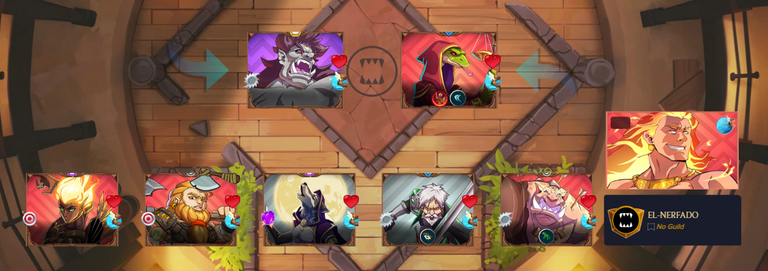
At the end of the battle, we earned a Legendary card from Death Splinter: Little Sister. This is a monster with the Life Leech ability, possessing only 1 magic damage and low health. However, upon reaching level 2, she receives an additional 1 magic damage, causing 2 magic damage. In many battles, this card proves to be extremely useful.
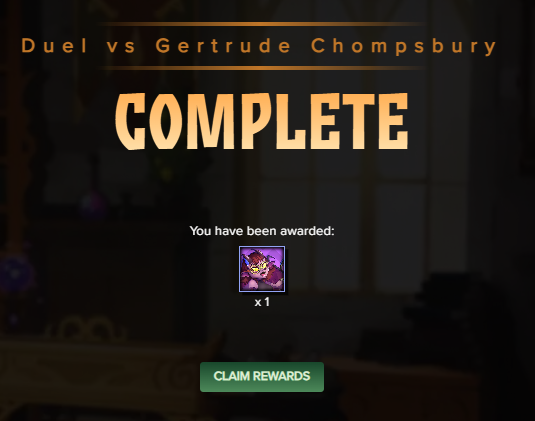
I'm really enjoying Frontier mode—the gameplay and some of the cards remind me of the old Splinterlands, from when I first started playing. It's quite a nostalgic feeling! When looking at certain monsters, this becomes even more evident. One example is the Earth Elemental from the Alpha/Beta collection, which I used a lot in my battles and which served as inspiration for Giam Root, a monster from Foundations with very similar characteristics, but with much more beautiful artwork.

Right now, I'm selling some of the cards I earn, but my main focus is on upgrading some of the cards, especially the Archons. This mode is really cool for any player, whether they're a beginner or even the most experienced.
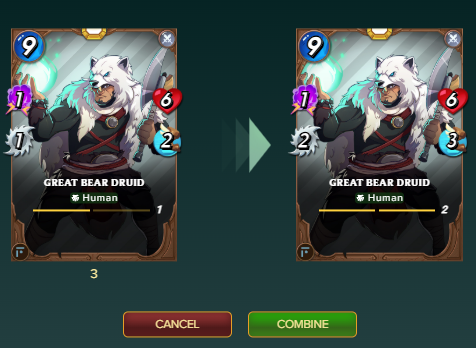
This is my entry for this week's Splinterlands Community Engagement Challenge on Splinterlands. To teach something useful to a beginner player. I hope you enjoyed it!
If you've made it this far, thank you very much for your time, and if this content was useful in any way, please leave your upvote and reblog!
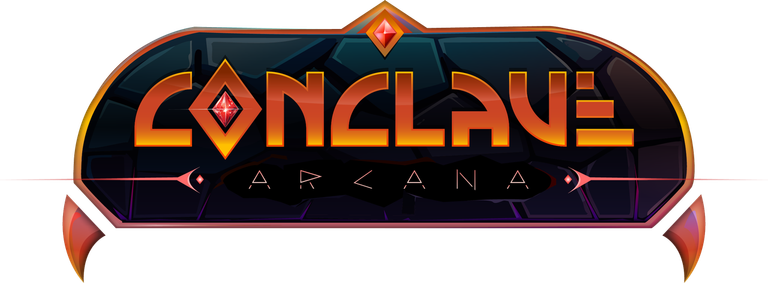
[PT]

Olá Splinter Fanáticos
Splinterlands é um dos meus jogos favoritos desde meados de 2021. O objetivo de fortalecer minha coleção me motiva a jogar quase diariamente — além, é claro, da diversão que o jogo proporciona. Desde então, Splinterlands passou por muitas mudanças, evoluindo de um jogo com poucas cartas, restrito às antigas edições ALPHA e BETA, para um título repleto de cartas de diversas edições, quase a perder de vista.
Com essa evolução, as cartas de recompensa (Rewards) também mudaram. Antes, eram “líquidas”: ao ganhá-las, era possível vendê-las imediatamente no mercado. Porém, devido a um problema de inflação na economia do jogo, isso deixou de existir. Surgiram, então, as cartas Reward Soulbound, que ficam presas à sua coleção, a menos que se pague uma taxa em DEC para liberá-las e colocá-las à venda.
Mais recentemente, uma nova coleção foi introduzida: a edição Foundations. Ela pode ser obtida inicialmente ao jogar o modo Campanha, que começa de forma simples, mas se torna cada vez mais desafiador, exigindo estratégia e habilidade do jogador. Além de ensinar os iniciantes a jogar, esse modo oferece cartas “líquidas”, que podem ser vendidas a qualquer momento.

Porém, essas cartas também permitem que o jogador participe de um novo formato: o modo Frontier, no qual só é permitido utilizar cartas da edição Foundations. Eu, particularmente, amei esse modo, pois ele me faz relembrar os velhos tempos de Splinterlands. Nesse formato, os jogadores se enfrentam com quase igualdade de cartas, e o que realmente faz a diferença é a estratégia adotada por cada um.

Desde o modo Campanha, os jogadores são forçados a utilizar estratégias clássicas de Splinterlands. Por exemplo, em uma batalha com o Ruleset que concede +2 de armadura a todos os monstros, é fácil perceber que a melhor opção será priorizar monstros com dano mágico.
No post de hoje, vou mostrar uma batalha do modo Campanha na qual eu realmente sofri para conquistar a vitória. Trata-se de uma das últimas fases, onde o jogador enfrenta o Hungry Troll. Esse monstro possui impressionantes 55 de vida e é o único em campo. Mesmo que você escale um time poderoso, sem a estratégia correta, certamente não conseguirá derrotá-lo.

Inicialmente, fui escalando splinters aleatórios, como o de Morte e o de Água — meus preferidos nesse modo, devido aos monstros de dano mágico poderosos que possuem. Em seguida, testei o Splinter de Vida, que concede +1 de armadura a todos os monstros, já que o oponente precisaria destruí-la antes de causar dano direto. No entanto, percebi depois que ele possuía a habilidade Piercing, o que tornava essa estratégia menos eficaz.

Só depois de reparar nas estatísticas desse monstro percebi que ele era lento. Então, optei pelo Splinter de Fogo, no qual o Archon concede +1 de velocidade. Mas o verdadeiro segredo dessa batalha estava em apenas uma carta pertencente a esse Splinter: Scales of Justice. Esse monstro não possui nenhum tipo de dano, mas conta com alta velocidade e ainda com a habilidade Dodge.

Enquanto o Hungry Troll errava todos os ataques, nosso time na retaguarda seguia atacando e reduzindo cada vez mais o seu HP. Foi uma daquelas batalhas que reforçam a lição de que, em Splinterlands, estratégia é tudo. Nesta partida, a velocidade foi fundamental — e também ficou claro que até cartas sem nenhum tipo de dano podem ser essenciais para garantir a vitória.

Ao fim da batalha, ganhamos uma carta Lendária do Splinter de Morte: Little Sister. Trata-se de um monstro com a habilidade Life Leech, possuindo apenas 1 de dano mágico e pouca saúde. Porém, ao alcançar o nível 2, ela recebe mais 1 de dano mágico, passando a causar 2 de dano mágico. Em muitas batalhas, essa carta se mostra extremamente útil.

Estou realmente gostando do modo Frontier — a jogabilidade e algumas cartas me fazem lembrar do antigo Splinterlands, da época em que comecei a jogar. É uma sensação bastante nostálgica! Ao observar certos monstros, isso fica ainda mais evidente. Um exemplo é o Earth Elemental, da coleção Alpha/Beta, que utilizei bastante em minhas batalhas e que serviu de inspiração para o Giam Root, um monstro da Foundations com características muito semelhantes, porém com uma arte muito mais bonita.

No momento, eu estou vendendo algumas das cartas que ganho, mas meu foco principal é upar algumas das cartas, principalmente os Archons. Está muito legal esse modo, para qualquer jogador jogar seja ele iniciante ou até mesmo os mais experientes.

Essa é a minha entrada para o Splinterlands Community Engagement Challenge desta semana em Splinterlands. Para ensinar algo útil a um jogador iniciante. Espero que tenham gostado!
Se chegou até aqui muito obrigado pelo seu tempo e se de alguma forma este conteudo foi útil, deixe seu upvote e reblog!
Imagens: @splinterlands
Posted Using INLEO

Obrigado por promover a comunidade Hive-BR em suas postagens.
Vamos seguir fortalecendo a Hive
Congratulations @elderdark! You have completed the following achievement on the Hive blockchain And have been rewarded with New badge(s)
You can view your badges on your board and compare yourself to others in the Ranking
If you no longer want to receive notifications, reply to this comment with the word
STOPThanks for sharing! - @underlock
